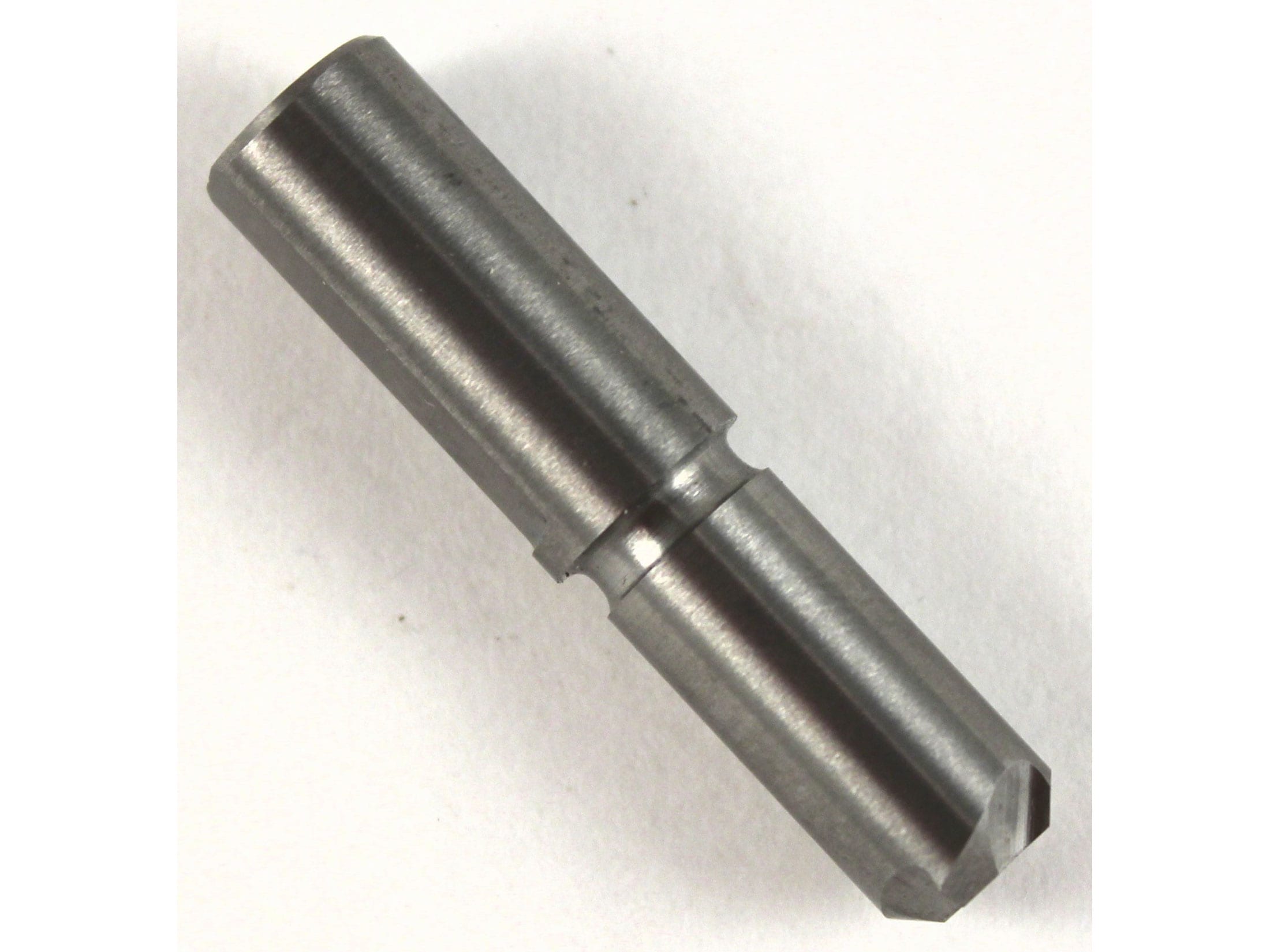I’ve been messing with a 6x47 for a few weeks now. I necked down some new Lapua 6.5x47 brass with a Redding full length bushing die. I fired the first round of tests, had some promising results but some random pressure indicators (heavy bolt, ejector swipe, etc), which I blew off as just new brass.
I annealed after the first firing, and was expecting much more consistency but found the same random pressure. I am using 115gr dtacs, .050 off the lands, h4350. I found a very accurate node around 3050fps, but every 4-6 shots would have heavy bolt lift and heavy swipe so I backed it down to around 2780 where there was another node it seemed.
I shot this load at a local bench type match and still had an occasional sticky bolt and swipe, wtf right?
Just yesterday I was able to get out and try another work up of brass that I necked down with a standard full length sizer. I was able to work up to and past the faster node from before with no pressure signs. Apparently I put a donut on the other brass.
If you’re still with me on this long winded post, what can I do with the pile of brass that I already likely ruined? I have a 6.5x47, do I blow the brass back out and use it in the 6.5? Really hoping I don’t have to turn necks, although that is the answer I’m seeing in researching.
I annealed after the first firing, and was expecting much more consistency but found the same random pressure. I am using 115gr dtacs, .050 off the lands, h4350. I found a very accurate node around 3050fps, but every 4-6 shots would have heavy bolt lift and heavy swipe so I backed it down to around 2780 where there was another node it seemed.
I shot this load at a local bench type match and still had an occasional sticky bolt and swipe, wtf right?
Just yesterday I was able to get out and try another work up of brass that I necked down with a standard full length sizer. I was able to work up to and past the faster node from before with no pressure signs. Apparently I put a donut on the other brass.
If you’re still with me on this long winded post, what can I do with the pile of brass that I already likely ruined? I have a 6.5x47, do I blow the brass back out and use it in the 6.5? Really hoping I don’t have to turn necks, although that is the answer I’m seeing in researching.


